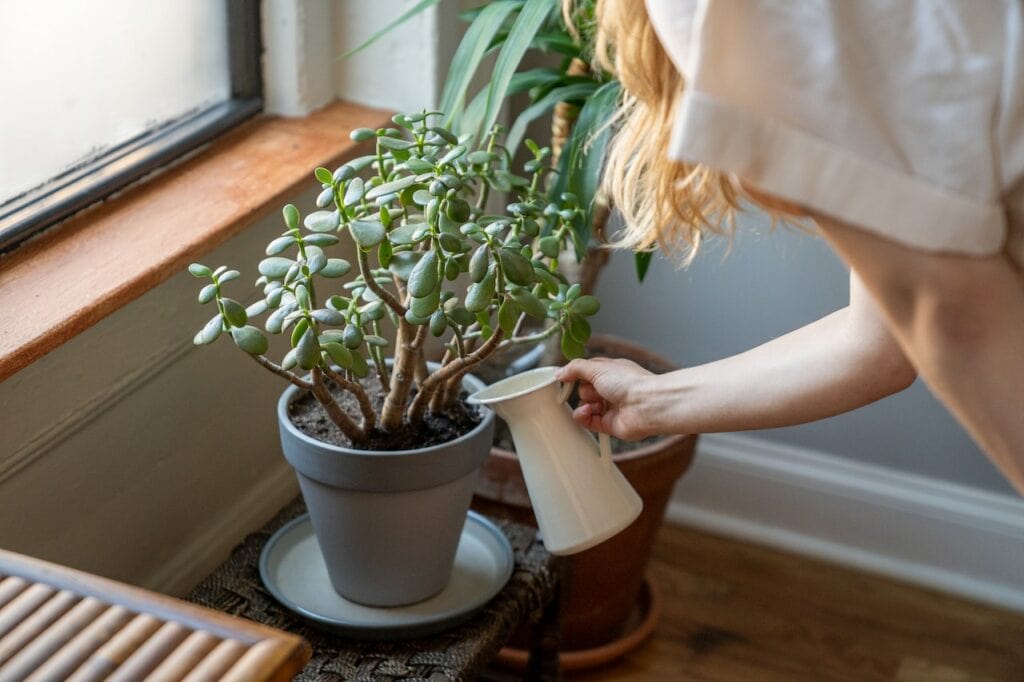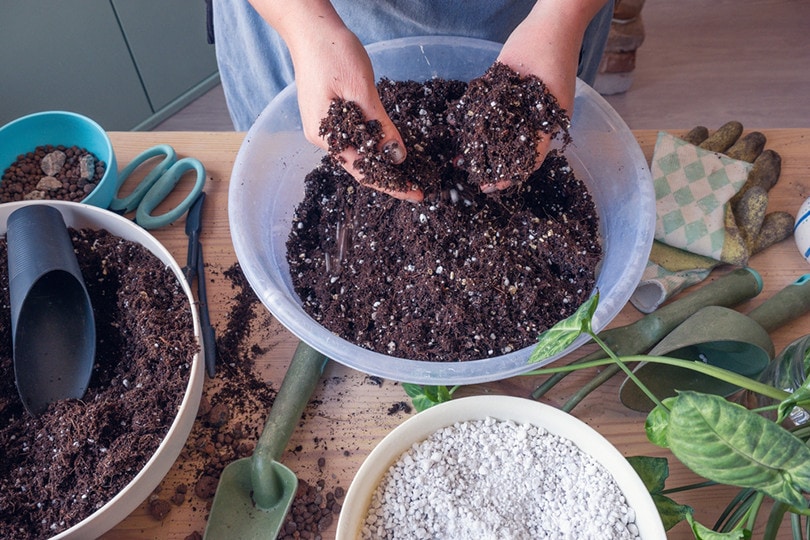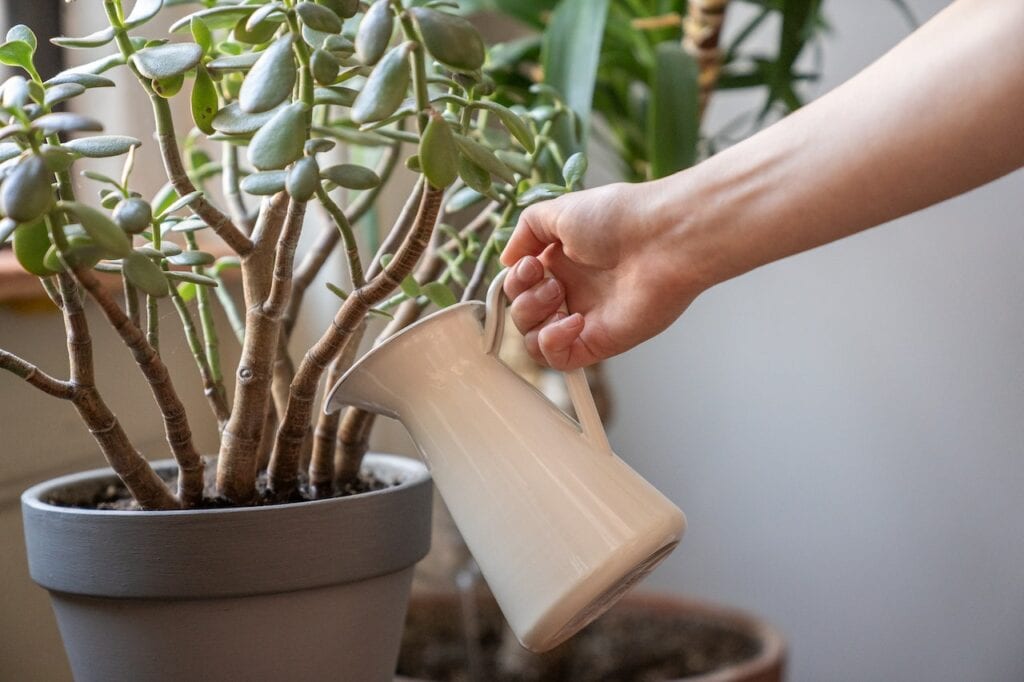How Much & How Often to Water a Bonsai Tree? Important Care Tips
-
Ashley Bates
- Last updated:

Many house plant enthusiasts agree that a bonsai tree is one of the most unique pieces you can own. They grow in all sorts of intricate ways, and there are many different styles. An added perk is that they are generally easy to maintain, too.
So if you plan on purchasing or already have a bonsai tree and you’re looking for further instruction, we have you covered. Here we’ll go over how often and how much to water your bonsai tree to keep it growing optimally. Generally, the best time to water your bonsai is, when the soil is mostly dry and oversaturation is encouraged. Read on for more details!
Bringing Home Your Bonsai
Bonsai trees are known for their intricacy and beauty. They can be a real work of art. Folks usually get them to try their hand growing an aesthetically attractive houseplant. While they stay relatively small, they have a lot of growth potential.
When you find a bonsai tree at a local store or nursery, they’re often in small containers with decorative ground coverings. In-store, the bonsai tree is marketed to please the eye. But when you bring your bonsai home, it is time to give it a very different environment.
Bonsai eyes are heavy rooters, meaning their roots easily grow to fill up the size of their container. Because they have complex route systems, watering them correctly is incredibly important for their growth. But let’s start with the most critical parts first.
Novice and experienced plant owners alike would say that a bonsai tree is pretty easy to maintain. They aren’t very finicky and tend to thrive, making them hard to kill even if you have the opposite of a green thumb. But for best results, proper watering is crucial.

Replanting Your Bonsai
To water your bonsai effectively, it needs to be in a pot that suits the size of the actual plant and the root system. When you bring them home, the soil needs changing. This process ensures that they have a proper, fresh nutrient source.
When you remove your bonsai from its original pot, you might notice the roots are very compact and constrained. Putting them in a sizable container that is one size bigger than the original allows room for further growth to take place.
When you water a bonsai in a constricted space, the roots often cannot absorb the moisture they need before it drains out.
Soil for Bonsai Trees
You shouldn’t use regular potting soil that you buy at the store for your bonsai trees. Bonsai trees require a unique combination of pumice, lava rock, and akadama. These elements allow your bonsai to root and absorb nutrients properly.

Watering Your Bonsai After Replanting
When you are watering your bonsai tree, it’s essential not to underwater them—but oversaturation is encouraged, surprisingly. You can keep up a consistent watering routine once you know the proper time to wait, but feeling the soil tells you when your tree needs some H2O.
Unlike other house plants you can water on a strict routine, bonsai trees don’t require the same. Touch the soil—your tree will let you know when it’s thirsty.
The ideal way to water your bonsai tree is to wait until the soil is mostly dry. For instance, the soil you touch on top is probably arid, but you can feel slight moisture when you press down slightly. That is a good time to water.
Bonsais Love Full Submersion
Now you might think it’s a no-brainer just to pour some water on top of the soil and walk away. But actually, an experienced bonsai owner will tell you that you shouldn’t do this method at all. Rather, you should have a well-draining pot that you fill—allowing it to flow through the soil and roots thoroughly.
Once the soil bubbles, your bonsai has soaked up enough water. Periodically check the soil to see when it needs a bath again. It’s that easy!

Don’t Forget—Bonsais Love Humidity
Since bonsai trees are considered tropical, high humidity is essential for them. They are tropical trees that thrive best with lots of moisture in the air. Mist the leaves and make sure they get lots of sun. Your bonsai prefers up to six hours of sunlight per day—so choose the best window seat in the house!
In Conclusion
In addition to proper watering, it is vital to keep up with routine bonsai care. Brushing up on some specific care techniques for this plant might do you well if you don’t have much experience yet. It is not a lot to learn, but they are particular in some aspects.
Still, many folks would recommend bonsai trees to any experience level, provided that you’re willing to do your homework. These small, ancient-looking trees can be exceptionally rewarding—and even addicting—perfect for any collection.
Featured Image Credit: Pexels
Contents
